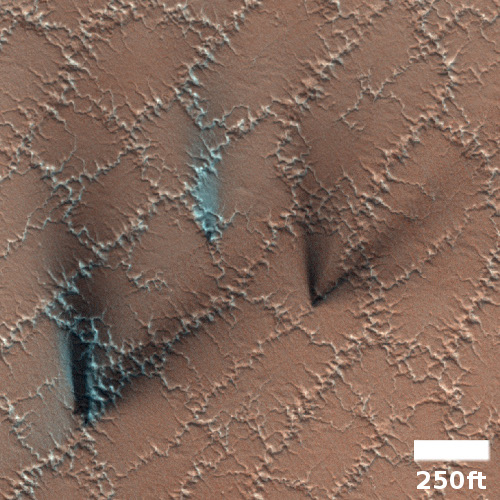A telescope using a liquid mirror about to become operational
Link here. The telescope, located in the Himalayas, is “an international collaboration between institutions in India, Belgium, Poland, Uzbekistan and Canada.”
The mirror works by rotating it so that its thin layer of liquid mercury forms a parabola.
The tradeoff is that the [telescope]is fixed in a single position, so it only observes one strip of the night sky as the Earth rotates below it. But since the telescope will be hyper-focused on just one area, it’s well-suited for spotting transient objects like supernovas and asteroids.
It appears the scientists will use it to study this same strip of sky over five years, hoping to detect changes in that time period.
This telescope is more a technology test than an actual observatory. Eventually the best place to put such a telescope — and much larger — will be on the Moon, and to do that requires some construction and testing beforehand.
Link here. The telescope, located in the Himalayas, is “an international collaboration between institutions in India, Belgium, Poland, Uzbekistan and Canada.”
The mirror works by rotating it so that its thin layer of liquid mercury forms a parabola.
The tradeoff is that the [telescope]is fixed in a single position, so it only observes one strip of the night sky as the Earth rotates below it. But since the telescope will be hyper-focused on just one area, it’s well-suited for spotting transient objects like supernovas and asteroids.
It appears the scientists will use it to study this same strip of sky over five years, hoping to detect changes in that time period.
This telescope is more a technology test than an actual observatory. Eventually the best place to put such a telescope — and much larger — will be on the Moon, and to do that requires some construction and testing beforehand.











